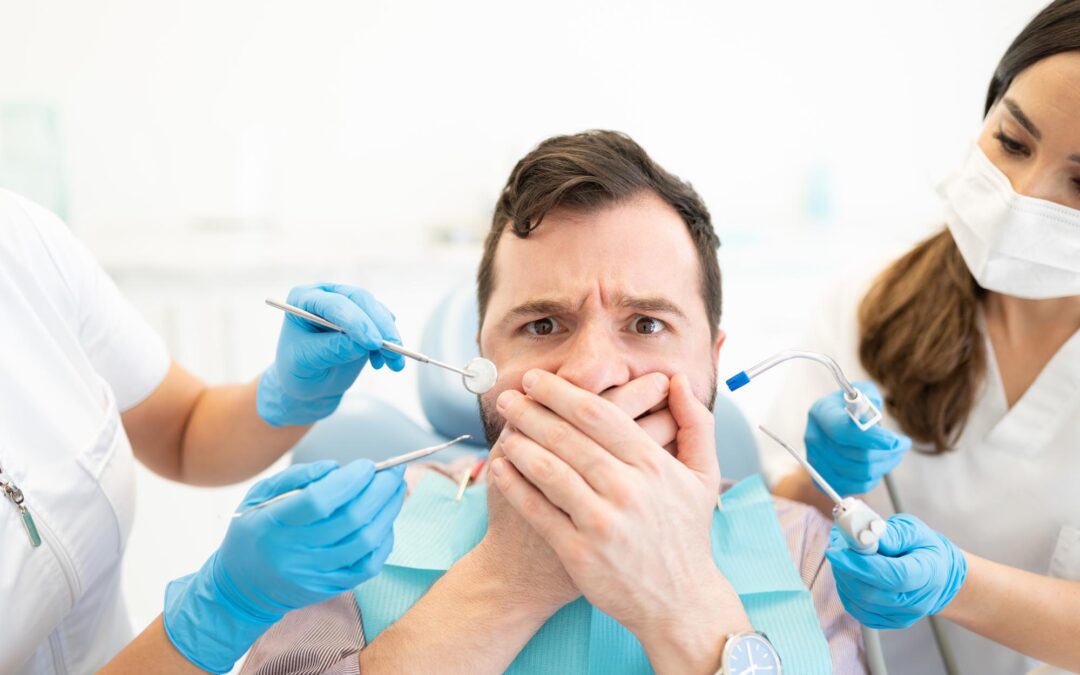Alcohol use disorder (AUD), or alcoholism, is a disease that doesn’t discriminate and can affect any gender, ethnicity, body type, or personal belief system. So what are the commonalities in alcoholism? The 4 most common factors that cause alcoholism to develop are:
- Biological
- Environmental
- Social
- Psychological
The common risk factors of alcoholism are:
- Drinking at an early age
- Family history of alcoholism
- High-stress levels
- Peer pressure
- Frequent Consumption over a Long Time
What Causes Alcoholism?

Biological factors
Research has disclosed a close link between alcoholism and certain biological factors and physiology. Even though some people can limit the amount of alcohol they consume, others have a strong drive to keep going. For some individuals, alcohol gives feelings of pleasure or reward which encourages the brain to repeat the behavior. This kind of repetitive behavior can make you more susceptible to developing AUD.
The reason for this is that there are certain chemicals in the brain that can make you more inclined to alcohol abuse. For example, scientists have pointed out that alcohol dependence may be associated with up to 51 genes in various chromosome areas. If these genes are passed down through generations, family members are more likely to develop drinking problems.
Environmental factors
Recently, studies have investigated a possible connection between the environment and the risk for AUD. Researchers have examined whether or not an individual’s nearness to bars and liquor stores can affect their chances of developing alcoholism. It has been found that people who live close to alcohol establishments tend to look at drinking more positively and are more likely to take part in the activity.
Also, alcohol manufacturers are plying the public with advertisements showing drinking as an acceptable, fun, and relaxing leisure activity. In the decades between 1971 and 2011, alcohol advertising in the U.S. increased by more than 400%.
Money
Income is another environmental factor that can also play a part in the amount of alcohol a person consumes. Contrary to popular belief, people who come from prosperous neighborhoods are more likely to drink than those living below the poverty line. Recent Gallup polls show that about 78% of people with an annual household income of $75,000 or more consume alcohol. This is considerably higher than the 45% of people who have an annual household income of less than $30,000.
Social factors
Other things that contribute to a person’s view of drinking are social factors. Your culture, religion, family, and work influence a lot of your behaviors. This includes drinking. Family plays the biggest part in a person’s likelihood of developing AUD. Children who grow up around alcohol abuse are more at risk of getting into dangerous drinking patterns.
Beginning college or starting a new job can make you more receptive to alcohol abuse. You’re likely trying to make new friends and develop new relationships with peers during these times. The wish to fit in and be well-liked may cause you to take part in activities that you normally wouldn’t. Before long, you’re headed to happy hour with coworkers, drinking more often, and craving alcohol after a long workday. These are all warning signs of alcohol use disorder.
Psychological factors
Several psychological factors can increase the chances of heavy drinking. Everyone handles situations in their way. But, the way you cope with feelings can affect certain behavioral traits. People with high stress, anxiety, depression, and other mental health conditions are more susceptible to developing alcoholism. And in these types of situations, alcohol is frequently used to suppress feelings and relieve the symptoms of psychological disorders.
After a while, drinking can become a habit and lead to an AUD. The more you use alcohol to relieve feelings of pain and hardship, the more your body becomes tolerant to the effects and requires more to achieve the same relief.
Dual Diagnosis
Co-occurring alcohol abuse and mental health disorders, such as depression, bipolar disorder, and schizophrenia, can cause a multitude of serious side effects. This is known as a dual diagnosis and to overcome these issues, each one needs to be treated separately and at the same time by medical specialists.
Alcoholism Risk Factors
There are a lot of things involved in the possibility of developing alcoholism. Alcoholism risk factors do not mean you will develop AUD. But they should be viewed as a prevention measure.
Drinking at an Early Age
Trying out alcohol at a young age can lead to problems later on, particularly in your 20s and 30s. This is especially true when adolescents participate in frequent binge drinking. This early drinking can increase the likelihood of alcohol abuse. Alcoholism can affect anyone at any age.
Family History Of Alcoholism
Growing up around family members and close relatives who have an alcohol abuse issue increases the risk of alcohol abuse in future generations. When you are surrounded early on by people who drink heavily, you can look at drinking differently and become a victim of bad habits.
High-Stress Levels
Trying to reduce stress by drinking can quickly turn into a problem. Careers that are likely to face high levels of stress because of long hours and strenuous tasks include nurses, doctors, first responders, construction workers, and the military. Nurses and people in other helping professions have higher rates of alcohol addiction than other professions. Professionals in any industry must find other ways to de-stress to prevent alcohol abuse.
Peer Pressure
When close friends or a partner drink frequently, you may be more willing to join in. Giving in to peer pressure can be the start of drinking problems later on, as well as health complications that come from excessive alcohol consumption. Instead of feeling the need to drink, it’s better to offer to be the designated driver.
Frequent Consumption Overtime
You greatly increase your chances of developing an alcohol-related problem when drinking too much becomes a pattern for you. The more you drink, the more your body builds a tolerance. As mentioned, previously, tolerance means you need more alcohol to feel the same effects you used to feel with less.
9 Ways to Help Manage Alcoholism
- Stop hiding the problem: If you’ve been keeping it a secret, you need to stop. Tell anyone in a position to provide support. When everyone close to the situation knows about it, it can be dealt with head-on.
- Get support: Plan to talk to the addicted person with whoever in the family or friends they respect the most. And who can remain the calmest?
- Don’t attempt to talk to the person when they’ve been drinking or are highly stressed: Find a time when they are as sober and untroubled as possible. This is usually early in the day.
- Form a calm, non-accusing team to confront the person with the damage they are doing to themself, their job, community, and career: Be specific but be patient and uncritical. But don’t back down and don’t sympathize.
First Confrontation?
- If this is the first time you have confronted the individual, you may give them another chance to quit on their own. If they are a long-term drinker it is very unlikely that this is the first confrontation and almost certain that the person’s body and brain are so addicted that they can’t stop on their own.
- If the person has already been given a chance and failed, they probably have plenty of excuses. Now is the time to talk about rehab.
- If they refuse to talk about a rehab facility, the family and friends will need to reach an agreement on the next steps. Refusing to bail the person out of legal, financial, professional, and personal problems can help them decide. If they’re being housed for free, this may also need to be taken away to get them into rehab.
- If all this fails, then there may be someone else that the alcoholic views as an authority, or holds in high regard. See if that person can help convince them to get help.
- And finally, you may get to the stage where you need to contact a professional interventionist. Bring the interventionist in and give them all the assistance they need to get your friend or loved one to agree to get help. Fortunately, correctly managed interventions are effective at getting addicts into rehab.
Treatment For Alcohol Use Disorder
Only about 15-25% of people with alcoholism get help from doctors or treatment programs. Many people don’t use treatment services until they are forced to by a family member, court, or an employer. Nevertheless, studies show that 66-75% of problem drinkers do make positive changes. Overcoming AUD flows along a continuum. Each step flows into the next with the goal of long-term sobriety. Steps along the road of recovery include:
Medical Detox
Detoxification or “detox” for short, is the first key step for most people with an Alcohol Use Disorder (AUD). This method is done before a person can begin their treatment program and be on the road to recovery. The goal of the detox process is to give a person’s body time to rid itself of the toxins from the alcohol and have it become balanced again. Typically within 6-24 hours after the last drink, withdrawal symptoms will begin. This can happen even while there is still alcohol in their blood. For the following reasons, most people require a medically supervised detox in a treatment center:
- Tremors (mostly in the hands)
- Hallucinations
- Anxiety
- Delirium tremens (DTs), a life-threatening problem that can make a person restless, confused, and cause fever, seizures, and hallucinations
- Sleep problems
- Unstable blood pressure and heart rate
Patients in a medically supervised detox receive 24-hour monitoring with clinicians available to administer medications should it become necessary. The ultimate goal of detox is to stabilize the individual and get them into the formal treatment program.
Inpatient or Residential Rehab Program
Residential programs offer the highest level of patient care. In this type of program, the client lives at the treatment facility for a duration that depends on their specific needs. This gives the individual a secure and structured environment removed from any reminders or triggers for alcohol use.
Partial Hospitalization Program (PHP)
Clients in a PHP spend their days at the treatment facility but are able to return home at night. The days are structured and the activities are similar to the residential program. This program is good for someone who has a stable and supportive family network.
Outpatient Program (OP)
An outpatient program could be considered the third level of care. This level is a good step-down program after completing a residential or PHP. The outpatient program makes it possible for the patient to return to school or work while attending therapy sessions at the treatment facility several times a week.
Aftercare Programs
After completing formal treatment programs, some people don’t feel confident enough to transition into a non-drinking life. And in fact, people have a better chance at long-term sobriety if they continue in some type of treatment. This is where aftercare comes in. Whether it’s participation in a 12-step group like Alcoholics Anonymous (AA) or residing in a sober-living home, recovering alcoholics will find valuable support in an aftercare program.
Recovering From Alcoholism in Southern California
So, are you an alcoholic? Do you know or love someone who is? Are you tired of going through the cycle of addiction day after day? You are already taking a step in the right direction. CNV Detox is a treatment center in Southern California that can offer you the care and professional treatment you are looking for. We are experienced in identifying the common causes of all substance use disorders and treating them, including alcoholism.
CNV Detox can provide a wide range of behavioral and holistic therapies to help you find your real, whole self again. We believe everyone deserves the opportunity to a full and fulfilling life and we will help you design a program specifically to suit your needs. It’s all possible. Contact us now and let’s get started together.





